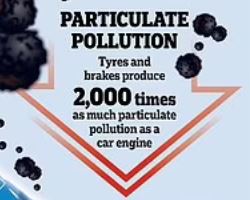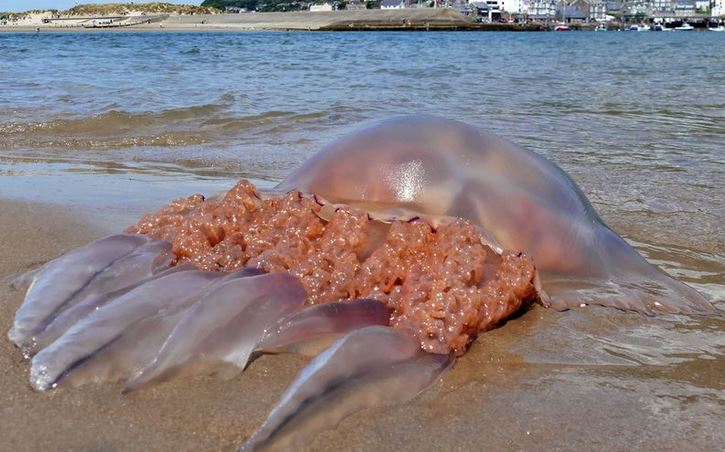We’re always being told how bad Eeeevil Oil is for us, for the environment and of course for the pore likkel beasties in the fields.
First off, we have to stop using oil-powered vehicles and start using Duracell-powered cars and trucks (lol) instead. Except that it turns out that electric cars are worse for the environment than gasoline-powered ones (see here for the !SCIENCE!).
So if Teslas and Priuses are doubleplusungood after all, then we need to start using “sustainable” eco-fuels like corn-based ethanol because sustainable. (Even Formula 1 is moving towards using ethanol-only fuel in the next couple of years, the idiots.)
Sounds good, right? Errrr, nazzo fast, Guido. Add this little snippet to the “Solution Is Worse Than The Problem” category:
The US biofuel program is probably killing endangered species and harming the environment in a way that negates its benefits, but the US Environmental Protection Agency (EPA) is largely ignoring those problems, a new federal lawsuit charges.
The suit alleges the EPA failed to consider impacts on endangered species, as is required by law, when it set new rules that will expand biofuel use nationwide during the next three years, said Brett Hartl, government affairs director with the Center for Biological Diversity (CBD), which brought the litigation.
Not that we need any further proof that the EPA is to the environment as cancer cells are to the human body, but I digress.
The Clean Air Act requires the EPA to set minimum levels of biofuel usage for the transportation sector. The new rule approved by the agency calls for about 15bn gallons (57bn liters) of conventional corn ethanol for each of the next three years, plus an increase from 5.9bn gallons to 7.3bn gallons of advanced biofuels during the same time period.
About 40% of all corn grown in the US is used for ethanol production, and nearly half is used as animal feed.
While the fuels are designed to decarbonize the transportation sector, their production eliminates wetlands and prairie land that act as carbon sinks, Hartl noted. The EPA in 2018 estimated that up to 7m acres (2.8m hectares) of land had been converted to grow corn for ethanol fuel.
Ethanol production also pollutes water. Regulations around pesticides and fertilizers used in corn grown for ethanol fuel are much looser, which means much higher levels of dangerous chemicals run into surface and groundwaters. The pollution probably plays a significant role in dead zones in the Gulf of Mexico after pesticides flow down the Mississippi River, Hartl said.
Read the rest to see how the EPA is ducking and diving to avoid doing anything that might actually, you know, alleviate the problem.
One by one, every single alternative proposed by the Greens (and their lickspittles in academia and the media) is proving to be a complete fiasco: wind- and solar power generation instead of nuclear, electric vehicles (EV) instead of internal combustion engines, and now biofuels instead of gasoline.
But Oh No! we have to preserve the Gaia Cult — even if it kills us (and Gaia).
Fucking bastards.









 (I know, “Where are the tar and feathers?” but go with me…)
(I know, “Where are the tar and feathers?” but go with me…)